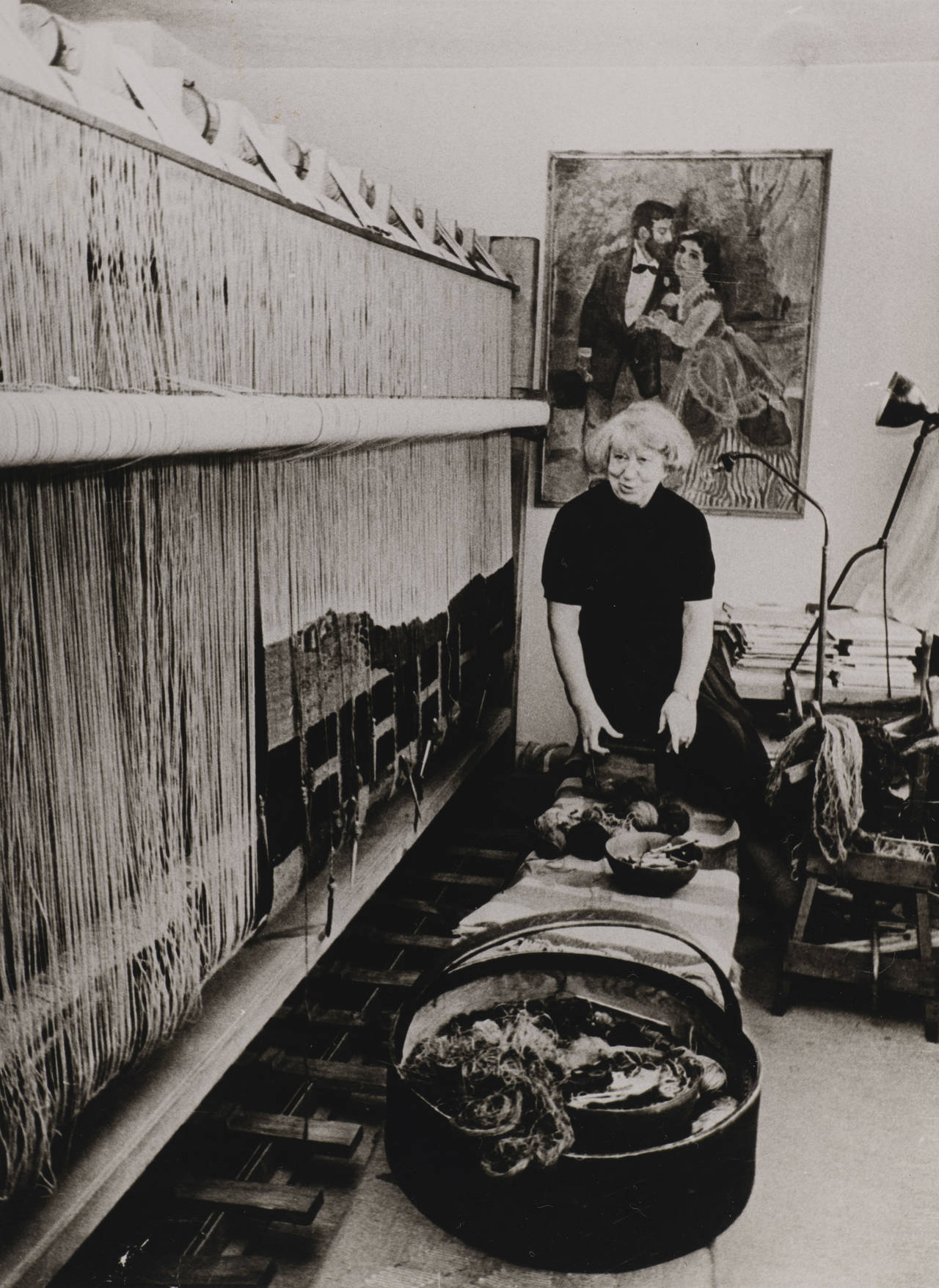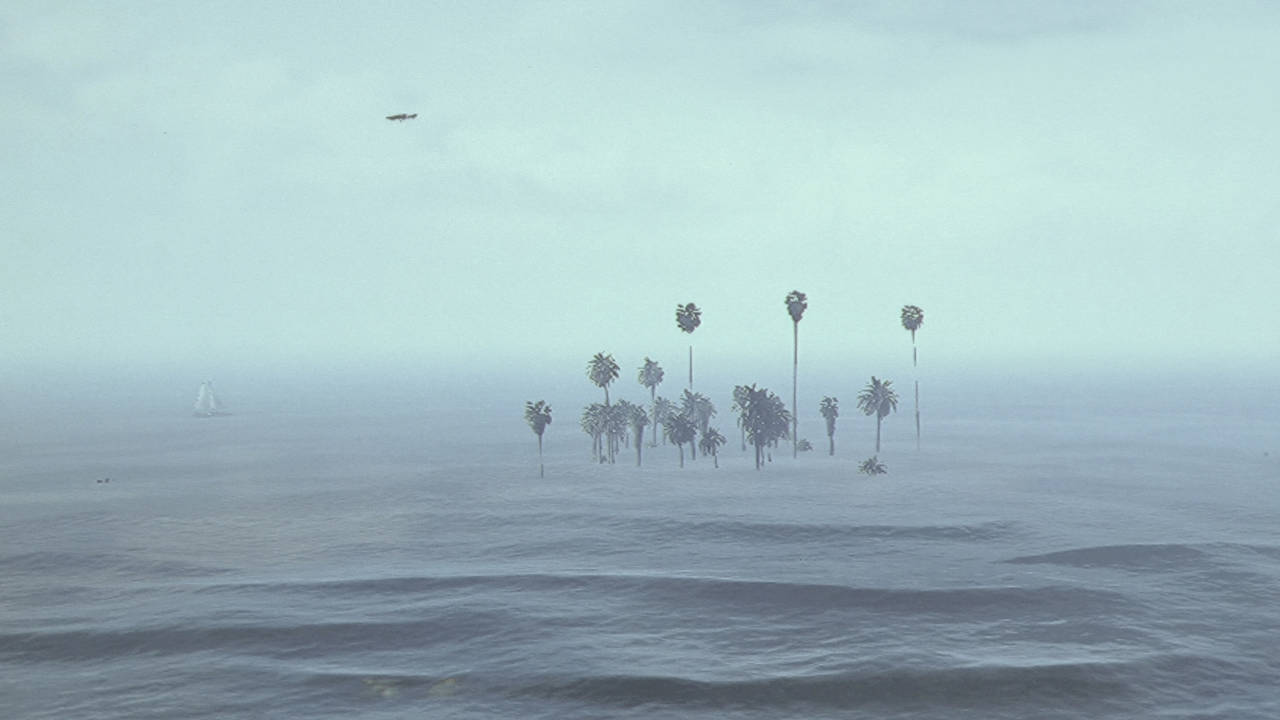In the past the transmediale in Berlin addressed the future. Today, the present has overtaken the festival.
In 1950, Alan Turing proposed a test that has now become something of a cliché with regard to intelligent machines. “The Imitation Game” is a method of finding out whether a robot acts as if it were a human being. First of all, you need machines that can behave as though they were human. But naturally nothing like that existed in the 1950s, so this approach by the otherwise pragmatic mathematician reads a little like speculative literature. Turing himself also wondered: “Why should you think about such a question in the first place?”

The transmediale festival first took place in the early days of the Internet – in other words in the late 1980s. At roughly the same time conservative thinkers proclaimed the end of history, as if the Internet signaled the dawn of a utopia in which capitalism had won the day. The Internet appeared to be an anarchic domain in which everything is possible. The event began as a video festival, subsequently morphing into a meeting place for Internet and media artists, hackers and people who believed digital networking would define our future. “Ever elusive” was the motto of the 30th transmediale. Which amounts to quite a statement by curator Daphne Dragona and Artistic Director Kristoffer Gansing. As though in the 30 years of its existence the festival had avoided taking any sort of position.
Alien computers
Traditionally, the dividing line between the art world and political activism is blurred at the transmediale. On a weekend in February at Haus der Kulturen der Welt participants will talk about digital art, digital technology, and what impact, if any, art can have. Except that this year things are a little uncanny. Donald Trump is a subject that repeatedly crops up amongst those who’ve traveled from the United States, and it seems as if it were no longer a matter of what our future computers will look like, but rather how we will deal with the present day.

No doubt the pessimists will say that the situation is as hopeless as at the end of the 1980s. Algorithms select what information we get. In the social media we find out what we already know. And any information which does not come from our filter bubble is radically alien — “alien matter.”
The world through the eyes of machines
Alien matter is a key topic of this year’s transmediale and incidentally also the title of the festival exhibition. It is likewise the theme of Sascha Pohflepp’s video “Recursion” (2016). The work is based on a text in which the artist wrote only the first word, namely “Human.” The rest was written by a machine. The text about humanity was pieced together variously from Hegel’s “The Phenomenology of Spirit,” Beatles songs, and books by anthropologist Mary Douglas. In the video the performance artist Erika Ostrander reads the text. It is a little like with Thomas Nagel, says Pohflepp. The philosopher once asked what it is like to be a bat. The artist asks what it is like to see the world through the eyes of a machine. However, neither of them have the answer.


Since Google presented its tool DeepDream in summer 2015 a new aspect of artificial intelligence has come into focus. After all, Google wanted to show that image recognition software has something like a digital unconscious. You can feed the algorithm images, which the machine associates with and superimposes on other images. Admittedly, in the end all the images looked alike, namely like dogs high on LSD – but so what? Constant Dullaart responds to this incursion into the subconscious of machines with his work “DullDream.” Unlike the intelligent image recognition software, “DullDream” does not increase the complexity. Indeed, Dullaart’s work reduces images to a few simple shapes. As with Google’s DeepDream, everyone can upload the image of their choice. And naturally on the opening evening someone uploaded an image of Donald Trump. His face becomes a cubist mask, and Dullaart brings artificial intelligence back to a human scale.
Smart hybrids of human and algorithm
For “Hard Body Trade” (2015) Ignas Krunglevičius created a montage of mountain ranges from stock video footage. The camera flies over synthetic-looking mountains to synthetic beats. This is accompanied by a computer voice quoting lines from another work by Krunglevičius, “Condition of Possibility: Bicameral mind.” Strangely enough, the sublime quality of classic landscape painting does not really come across in the sunrises and overcast valleys. The mountains simply look too artificial. As if they were made to be filmed in HD by a drone. “Do you know that feeling, honey, when Candy Crush is asking for your money?” asks the computer voice, and: “Replaying the Turing test over and over, as we are leaving the protein centric world view. We are the brand new hyper objects.”

Actually, the Turing test is no longer needed to compare computer programs capable of learning with human beings. After all, machines are no longer only similar to humans. When we are looking for something in an unfamiliar environment we automatically turn to our smartphones. Of course, it would be an exaggeration to say that we have long since become smart hybrids of human and algorithm, but the transmediale does offer an environment in which this state can be tried out.


Hot off the blockchain
In the first Lockdown, Frankfurt artists Il-Jin Atem Choi and René Schohe launched the project “dadacoin”. A conversation about the value of art, NFT...

“People who weave view the world differently”
Like the virtual world, weaving resembles a binary system, says Prof. Birgit Schneider. A conversation about textiles as precursors of digital codes...

10th edition of The Preis der Nationalgalerie
The shortlist exhibition at Hamburger Bahnhof, Berlin, opened a amonth before the award ceremony in September. Two of the nominated artists have...

When the crowd determines the individual
Crowd movements can easily be simulated by algorithms. How this influences our real life, is shown in the film “Transformation Scenario” at the coming...

What not to miss at the Venice Biennale
Venice is small, but the Biennale always too big. Here are our selected highlights of the show and special tips beyond the official program.

How Virtual Reality conquers the art world
Ever danced with a wolf? Artist duo Djurberg & Berg make it possible with their first virtual reality work. They are part of a young generation of...

When computer games become reality
A tropical landscape turns out to be the distorted world of a human avatar. In Aleksandar Radan’s film “This water gives back no images” nothing is...

Nathalie Djurberg & Hans Berg
The encounter with the films of Nathalie Djurberg and Hans Berg has something of a seduction — they immediately attract the viewer into colorful...

Calories -24
How many calories are in a banana and how many do ten pushups burn? These questions are addressed by the artist Davide Balula. However, self control...

The disappearance of the internet
At the annual digital festival Transmediale at Berlin’s Haus der Kulturen der Welt, discussions focus on the art and society of tomorrow – with the...